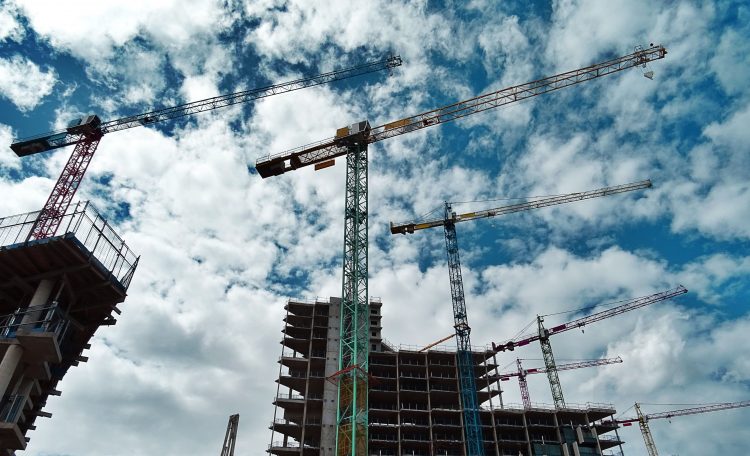The Kenyan real estate market despite being in distress, its performance will be cushioned by increasing investment by international players, growth of infrastructure according to Cytonn Investments.
“Which is bound to continue driving real estate investments to satellite towns, and growth of middle-income earners creating demand for real estate,” Cytonn projects.
Cytonn says more developers are opting for mixed-use development (MUD) projects which, “Create operational synergy across the various themes as they complement each other, thus boosting the performance and returns to investors.”
According to its MUD Report 2018, MUDs encompassing office, retail, and residential themes registered an average rental yield of 8.0%.
However, in general, house prices in Kenya remained depressed during the second quarter of 2019 declining by 1.72 percent, compared to 2.78 percent reported in the first quarter of 2019 according to Kenya Bankers Association House Price Index (KBA-HPI).
“The Index associates the slowdown with persistent credit constraints, which have continued to affect both the supply and demand side of the house market,” says KBA-HPI released in August.
Similarly, HassConsults’ Hass Property price indices for the second quarter of 2019 collaborates the same. “We have seen an increase in distressed properties in the market as reflected by advertised property auctions.
Additionally, developers are offering generous terms which continue to suppress prices and rents to the point where
investors are opting for safer short-term investments while they cherry-pick the best bargains in the market,” said Ms.Sakina Hassanali, Head of Development Consulting and Research at HassConsult.
“The supply-side weakness can be inferred from a reduction in the number of building approvals. While there was a rise in sales during the quarter, the KBA-HPI indicates that the development was a result of supply ‘spilling-over’ from the previous quarter and not introduction of new buildings,” said KBA Centre for Research on Financial Markets and Policy Director Mr. Jared Osoro.
According to the index, “This reflects early signs of an emerging trend where negative prices have been recorded in two consecutive quarters. Previously, a negative trend has been followed by a correction in the subsequent quarter.”
During the period, apartments sustained dominance in total units offered at 81 percent, highlighting the influence of the middle-income segment of the population on the market.
Maisonettes followed at 13 per cent and Bungalows (6 percent), suggesting that land pressures have pushed developers to build apartments to maximise space utilization.
“Despite the drop in asking prices it is important to note that property is a long-term investment and has historically performed better than other asset classes in the long run,” noted Ms. Hassanali.




